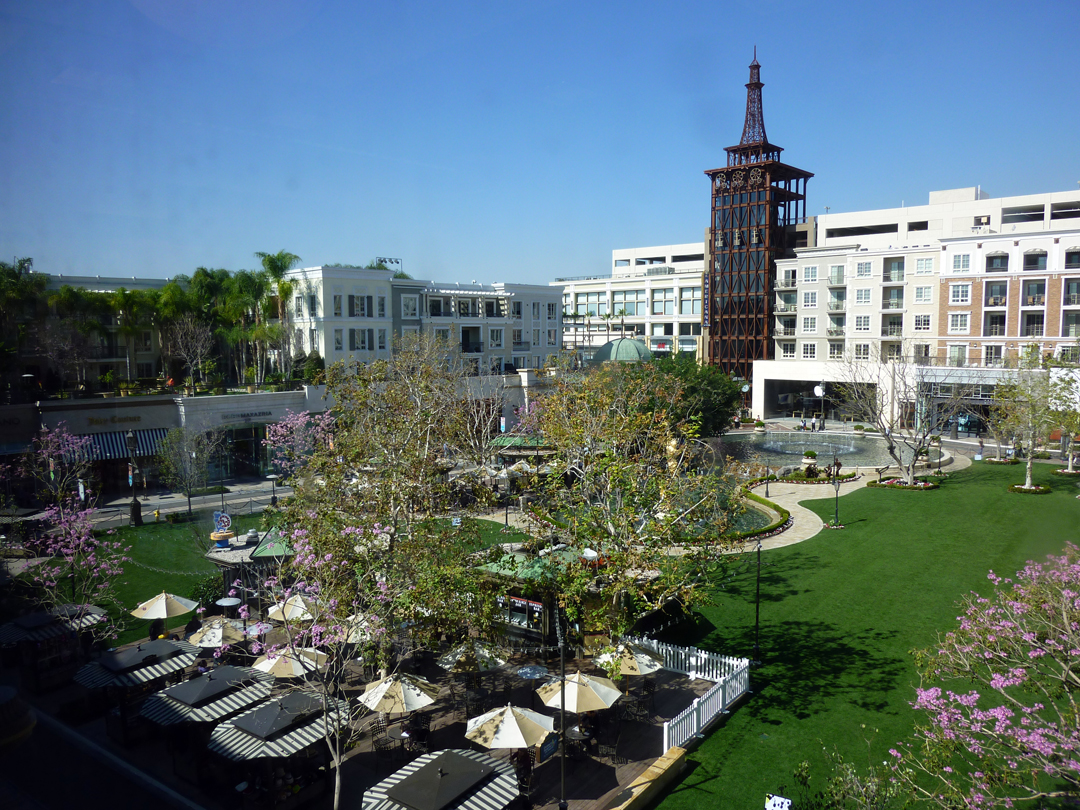Aseem Inam: Many of my fellow scholars, practitioners and activists increasing believe that the materiality of the city -- in terms of four-dimensional form, including time -- matters little. They believe that what matters most are the underlying economic structures or political processes that give rise to the form of the material city. While such structures and processes are absolutely critical to how cities are actually shaped, form also matters [although not in the overly-deterministic way that some conventional urban designers, architects, and landscape architects might think].
One of the most significant ways in which form matters is in the everyday experience of the city for all its citizens. People relate to the city in visceral ways through its materiality: the experience of its spaces, the colors and textures of its surfaces, the tactile qualities of its sidewalks and streets, and degrees of comfort or stimulation that a city's spatial layout provides. Another significant aspect is the symbolism that form embodies and is perceived by citizens. For example, while public institutions are supposed to be democratic and accessible in our cities, the actual public buildings -- such as city halls, legislatures and courts -- tend to be overly monumental and even intimidating.
What matters ultimately is the overall materiality of the city, more than the discrete forms of individual buildings and spaces. An excellent illustration of this are the recent interventions in Los Angeles, where a series of spectacular and beautiful projects appear to make the city more urban in their intensity and intimacy, as the images below indicate. However, each one of these -- the Los Angeles Cathedral, the Grand Park, the Americana at Brand, and Robert Graham's sculpture "Dancer's Door" framing a view of City Hall -- unfortunately do not add up to a more continuously urban experience. The materiality of the city is indeed much more than a series of isolated projects; what matters is the quality of its overall fabric, much of which is usually made up of the seemingly mundane and the banal [e.g. housing, offices, shops, streets, sidewalks] rather than the spectacular. It is this materiality we should pay the greatest attention to. AI
The Los Angeles Cathedral, as viewed from its courtyard. Source: Aseem Inam.
A view of one of the gardens of Grand Park in downtown Los Angeles. Source: Aseem Inam.
The outdoor Americana at Brand shopping mall, with housing above it. Source: Aseem Inam.
Robert Graham's sculpture "Dancer's Door" frames a view of City Hall from the Music Center Plaza in Los Angeles. Source: Aseem Inam.




